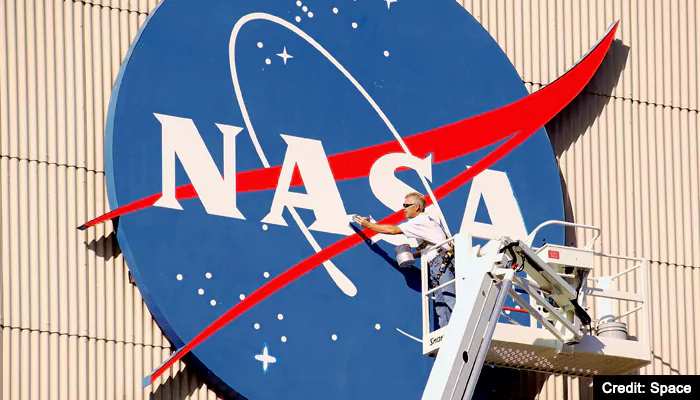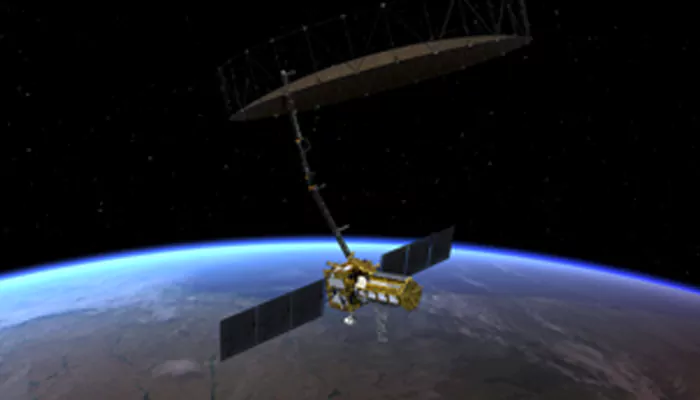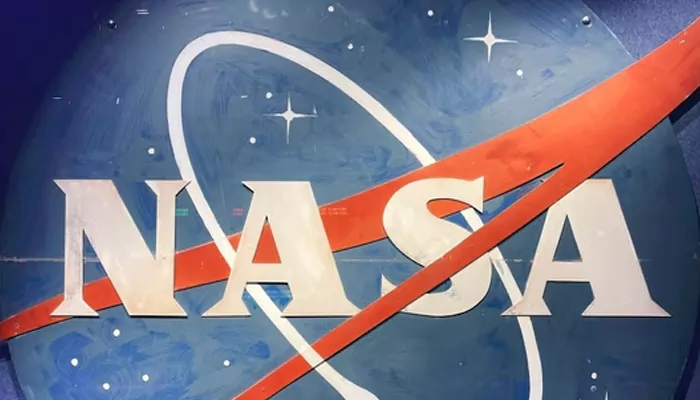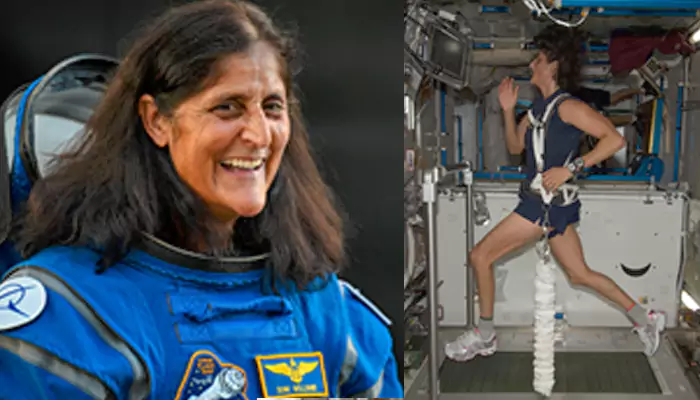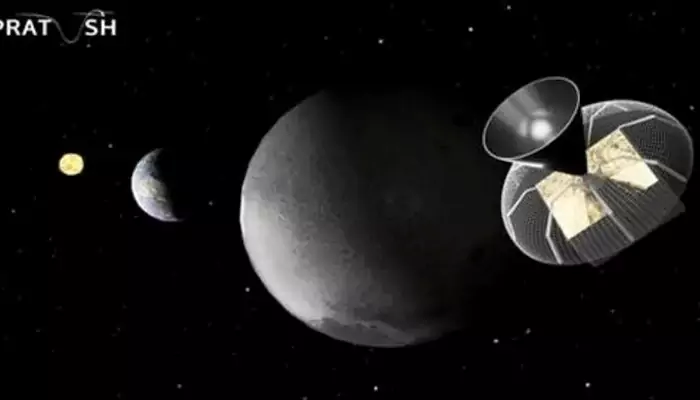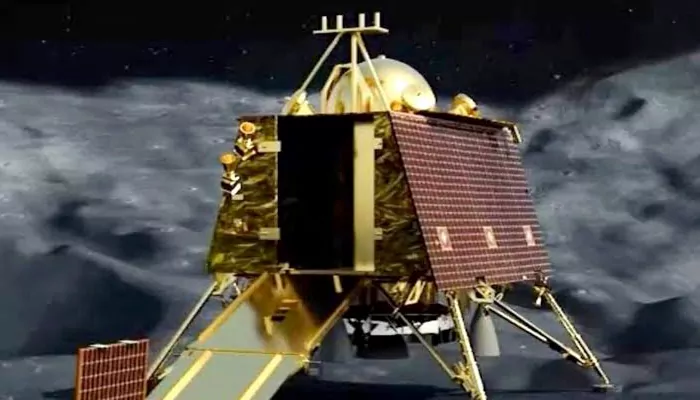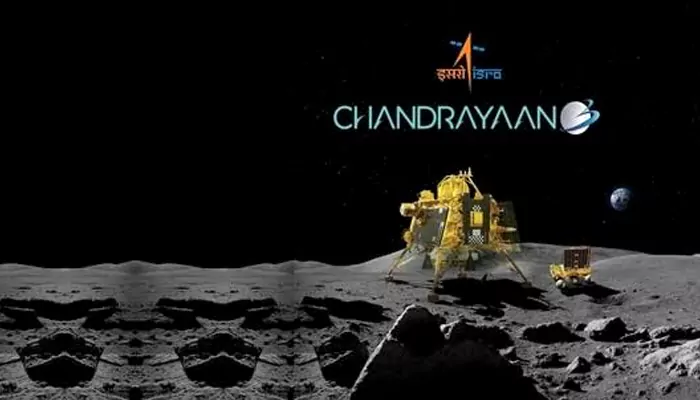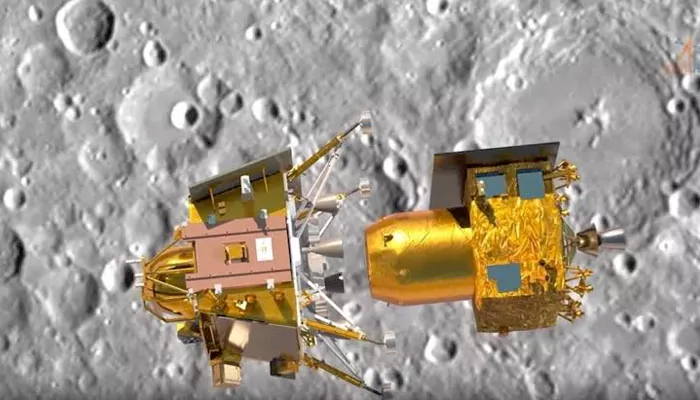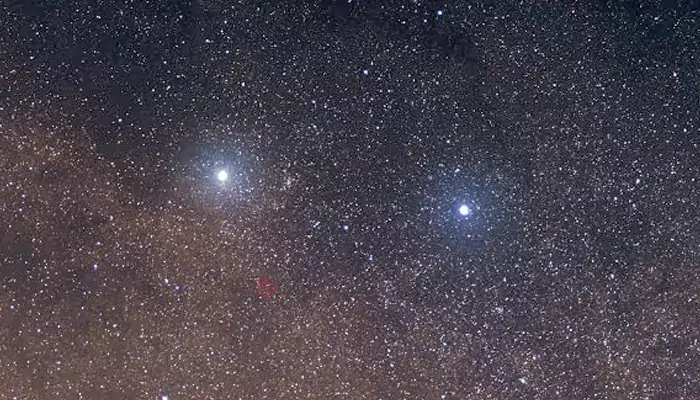On This Day - NASA Was Formally Established In 1958: Did You Know Before NASA, There Was NACA?
- Sayan Paul
- 1 year ago
- 5 minutes read

Over the years, NASA has led several successful space exploration missions, including Project Mercury, Project Gemini, and Apollo Moon landing.
With some groundbreaking space missions, technological innovations, and scientific discoveries to its name, NASA - the National Aeronautics and Space Administration - has been at the top of its game ever since its inception. The US space agency is reaching greater heights almost every passing day, providing us with valuable insights into what's out there in the universe. However, have you ever wondered where it all began?

Well, it was on October 1, 1958 - exactly 66 years ago today - that NASA was formally established in the United States. Butthat didn't just happen overnight. In fact, not many know that before NASA, there was another organization, named NACA.
Today, on NASA's 66th birth anniversary, let's learn about its predecessor in this article.
About NACA
During the early 1910s, the United States was lagging behindthe Soviet Union and other European nations in aviation technology. Hence, the government felt the need for an institution, similar to the French L'Etablissement Central de l'AérostationMilitaire in Meudon, the German Aerodynamic Laboratory of the University of Göttingen, and the Russian Aerodynamic Institute of Koutchino.
In 1912, President William Howard Taft appointed a National Aerodynamical Laboratory Commission, chaired by Robert S. Woodward, president of the Carnegie Institution of Washington. On March 13, 1915, NACA (National Advisory Committee for Aeronautics) was established to promote "industry, academic, and government coordination on war-related projects". The agency's mission statement read, "...It shall be the duty of the advisory committee for aeronautics to supervise and direct the scientific study of the problems of flight with a view to their practical solution."
Before @NASA, there was the NACA—the National Advisory Committee for Aeronautics. It was founded today in 1915. Among many other things, the NACA operated a Full Scale Wind Tunnel used to test most of America’s significant #WorldWarII aircraft: https://t.co/iOg7WOmN4c pic.twitter.com/6CaRMQkFGZ
— National Air and Space Museum (@airandspace) March 3, 2021
Credit: National Air and Space Museum
Well, NACA grew rapidly under the supervision of Orville Wright, Charles Lindbergh, and others. It launched several projects that went on to shape the sector. For instance, the development of the NACA airfoil profile revolutionized the world of aviation aerodynamics. Also, it launched extensive wind tunnel experiments to understand the mysteries of supersonic flight. The first generation of supersonic aircraft was developed here, playing a major role in aviation technology.
On this day in 1931, the NACA (the precursor of @NASA) dedicated the first full-scale wind tunnel for testing airplanes in the US. The testing space within the wind tunnel was the size of a small two-story house, allowing engineers to test full-size aircraft. pic.twitter.com/S5t4s7O04K
— National Air and Space Museum (@airandspace) May 27, 2024
Credit: National Air and Space Museum
NACA had 100 employees in 1922. The number grew to 426 in 1938. And as far as the agency's major achievements are concerned, the list includes the "thin airfoil theory", "NACA engine cowl", the "NACA airfoil" series, and the "area rule" for supersonic aircraft.
From NACA To NASA
NACA wasdedicated to aviation technology. However, after the end of World War II, the world was moving towards space exploration. The Soviet Union launched the world's first artificial satellite, Sputnik 1, leading to what was later known as the "Sputnik Panic".
Well, it was during the Cold War. And the Soviet Union's remarkable growth in space exploration raised America's concerns about national security. It became clear that NACA wasn't enough to cope with this new threat, and the US would need a new organization.
What was it like back on October 1, 1958? Hear from then-administrator Glennan as he addresses employees from our historic predecessor, the NACA, about the opening of NASA and our new mission that we still carry out to this day: https://t.co/LZmuFEyr1A #NASA60th pic.twitter.com/qKuQL1xEMx
— NASA (@NASA) October 1, 2018
Credit: NASA
On November 21, 1957, NACA's director Hugh Dryden established a Special Committee on Space Technology. On July 29, 1958, President Dwight D. Eisenhower signed the National Aeronautics and Space Act into law, establishing NASA - the National Aeronautics and Space Administration.
Today in 1958: NASA is formed in response to Sputnik, replacing NACA (National Advisory Committee for Aeronautics). pic.twitter.com/9QBqa66X3I
— Weird History (@weird_hist) October 1, 2015
Credit: Weird History
Finally, on October 1, 1958, NASA became fully operational, marking the beginning of a new era. Initially, it was tasked with promoting scientific research, advancing aerospace technology, and initiating space exploration. Under the supervision of visionary leaders like Dr. T. Keith Glennan, Dr. Hugh L. Dryden, and Dr. James E. Webb among others, NASA grew to become the world's leading space agency in no time.
Some Interesting Facts To Know
The U.S. Armed Forces had planned for human spaceflight even before NASA's formation. For instance, the Air Force's Man in Space Soonest (1956) was the foundation for Project Mercury (1958-1963).
On May 5, 1961, NASA's Alan Shepard performed a suborbital spaceflight in the Freedom 7, becoming the second person and the first American to travel into space.
Currently, NASA spearheads the development of the Orion spacecraft and the Space Launch System for the lunar Artemis program.

